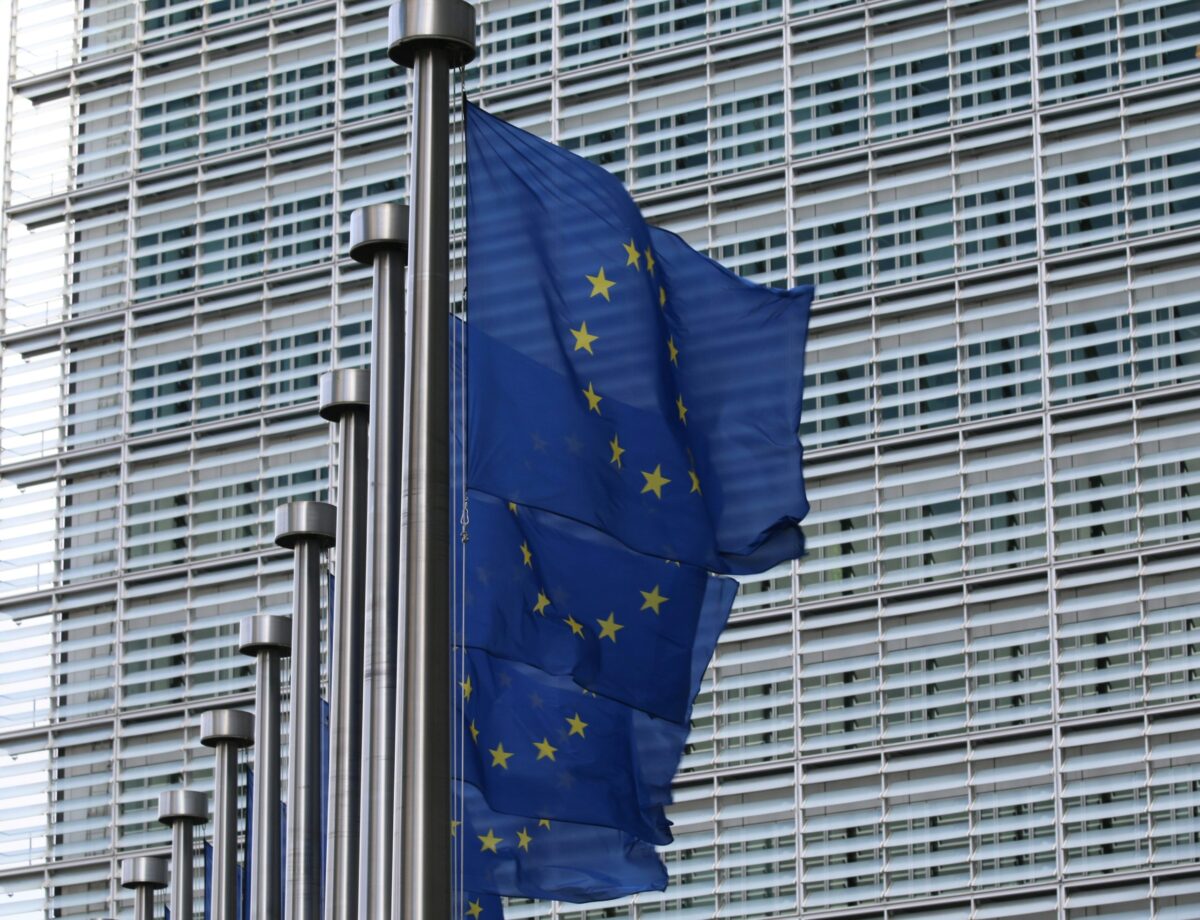European leaders never miss an opportunity to declare that the future of Ukraine, Moldova, Georgia, and the Western Balkans lies within the European Union. Yet these declarations of solidarity hide a deep-seated ambivalence, not least because for many existing member states, enlargement is perceived less as an opportunity than a burdensome obligation.
Given the immense institutional complexity and political sensitivity involved, it is tempting for many in Brussels to simply kick the enlargement can further down the road.
Arguably, that’s precisely what has taken place over the past decade—it’s now 12 years since Croatia became the last country to join the EU. Not since the Union’s very earliest days has so long passed without the admission of a new member.
But the European continent is shifting underfoot. The Russian invasion of Ukraine and recent shifts in US foreign policy have reminded Europe that the status quo is fragile. Today, enlargement is no longer merely a question of regional development or bureaucratic benchmarks. It is a fundamental issue of geopolitical survival and economic stability. The costs of enlargement are certainly high, but the price of doing nothing—economically, politically, and strategically—is far greater.
The case against enlargement is straightforward and has been repeated countless times. Integrating new members is expensive. It demands substantial financial assistance, institutional reform, and the willingness of established members to cede influence.
The last rounds of enlargement in 2004 and 2007 added complexity to the EU’s already strained decision-making machinery, pushing it towards sclerosis. Public opinion in many European capitals remains deeply sceptical, with citizens anxious about the impact of new, often poorer, countries joining a bloc already grappling with multiple crises.
Enlargement hesitancy
Nevertheless, public support for EU enlargement has risen in almost every member state since 2022, according to research carried out by the European Council on Foreign Relations (ECFR).
The societies of Lithuania, Spain, and Croatia are most convinced of further EU enlargement, with majorities of 77 per cent, 74 per cent, and 71 per cent respectively saying they were in favour in spring 2023. But a solid majority (of over 60 per cent) of the public in Latvia, Malta, Poland, Slovakia, Hungary, Ireland, Portugal, and Sweden also supports enlargement.
Even in member states where the public has long been sceptical of enlargement, such as the Netherlands, Finland, and Denmark, there has been a significant shift in public opinion. In as many as 24 countries, the number of advocates of enlargement is higher than the number of opponents.
And yet, old patterns do not die easily. In traditionally hesitant countries, such as France, Denmark, Austria, the Netherlands, and Germany, reservations remain high. Only 29 per cent of Austrians, 35 per cent of the French, and 42 per cent of Germans are in favour of new countries joining the EU in the near future.
Opening the door
These enlargement sceptics underestimate a crucial reality: refusing to enlarge the Union creates even greater dangers. An EU unwilling or unable to integrate its neighbours opens the door wide for alternative powers—Russia, China—to exploit the resultant vacuum. This is not mere scaremongering; it is the strategic calculus confronting every European capital today.
A weakened commitment to enlargement risks pushing countries like Ukraine, Moldova, and Serbia away from their democratic aspirations.
Without clear EU membership prospects, reform-minded politicians in these states lose leverage at home. Democratic backsliding becomes more likely. Security threats multiply. And economic stagnation across the EU’s immediate borders could have devastating consequences on trade, migration, and overall continental stability.
The economic arguments in favour of enlargement, though less publicly championed, are compelling.
Expanding the EU’s Single Market to include Ukraine and the Western Balkans means adding millions of new consumers and integrating fast-growing economies. Countries like Czechia, Poland, Slovenia, and Sweden see economic opportunities clearly.
Czechia, heavily reliant on exports, views enlargement as essential to bolstering its growth and diversification. Meanwhile, Slovenia’s significant investments in the Western Balkans make regional stability crucial for its own prosperity.
Yet even economic arguments pale compared to the strategic imperative highlighted by the war in Ukraine. Europe’s eastward enlargement is no longer a luxury; it is a geopolitical necessity. Indeed, EU enlargement has become its best geopolitical instrument—a point clearly recognised by Sweden, Denmark, Poland, and the Baltic states.
A brake on federalist ambitions
Brexit has complicated matters further. The UK, despite its often prickly relationship with Brussels, was one of the most ardent advocates of enlargement.
The British strategy was straightforward: a larger EU, especially one stretching eastward, would make deeper federalisation much harder, reinforcing national sovereignty.
Ironically, this idea might now become a useful argument for enlargement sceptics within the EU. Many smaller and mid-sized EU countries fear a drift towards a Franco-German dominated federation.
Could supporting enlargement offer these countries a convenient brake on federalist ambitions, even as it strengthens the EU’s external borders?
America’s changing stance boosts enlargement’s appeal
Another crucial factor strengthening the appeal of EU enlargement is the shifting focus of American foreign policy. The United States, Europe’s primary security guarantor since the end of the Second World War, has increasingly directed its attention toward countering China’s rise in the Indo-Pacific region.
American policymakers, led by President Donald Trump, have called on Europe to assume greater responsibility for its own security and stability.
This subtle but significant shift leaves the EU with little option but to fill emerging geopolitical gaps itself. The pressure from Washington means that European enlargement has taken on a new urgency: expanding the EU’s footprint into Eastern Europe and the Balkans is now a strategic imperative for safeguarding European interests in an increasingly multipolar world.
For Europe, enlargement is thus an opportunity to assert itself as a genuine geopolitical actor, less dependent on American protection, and more capable of projecting its values and influence onto the global stage.
The lesser of two difficult paths
However, the politics of enlargement are tortuously difficult. Any EU enlargement requires unanimity among all 27 member states, and unanimity is rare currency in Brussels these days.
Bulgaria, for example, has repeatedly slowed North Macedonia’s accession talks over disputes concerning history and language. France insists on internal EU reform before enlargement can even be discussed seriously. President Emmanuel Macron has repeatedly demanded a deeper, more integrated Union first—a perspective quietly shared by Germany and several other member states.
Yet the uncomfortable truth remains: the Union’s internal stability and external credibility are now tied together. Enlargement sceptics are right that the EU needs internal reforms, but they miss the point that reform and enlargement are not mutually exclusive—indeed, they are mutually reinforcing.
Without credible membership prospects, Europe risks losing any leverage to demand real, lasting reform in aspiring member states.
It may not be ideal. It will certainly not be easy. But Europe has run out of alternatives. Enlargement, for all its flaws, is the lesser of two difficult paths. The EU’s choice now is clear: integrate or stagnate.
Any refusal to act decisively will see Brussels pay a far heavier price in the long run—a price measured not only in economic stagnation and institutional gridlock but in strategic irrelevance and geopolitical vulnerability.
Photo by Guillaume Périgois on Unsplash.







